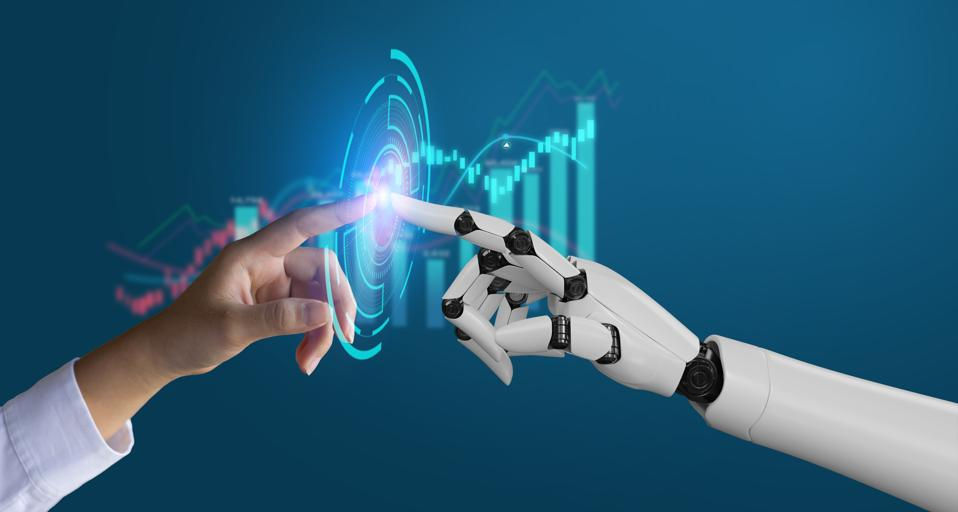Debunking Common Myths Surrounding AI Tools
- AI Improve Tools
- Sep 11
- 4 min read
Artificial Intelligence (AI) is a hot topic nowadays, but it is also surrounded by many misconceptions. As AI tools evolve and become part of our daily lives, it is crucial to clearly understand what AI can and cannot do.

This post aims to debunk some common myths about AI tools and provide clarity for those curious about this transformative technology.
Myth 1: AI Can Think Like Humans
A common belief is that AI thinks and reasons like humans. While AI can analyze data and make decisions, it lacks emotional intelligence and consciousness. For example, AI can play chess or analyze medical records based on patterns, but it doesn’t truly understand the game or the emotions involved in patient care. It follows predefined algorithms and makes decisions based on data but cannot replicate the depth of human thought.
Myth 2: AI Will Replace All Human Jobs
Many worry that AI will lead to mass unemployment by replacing human jobs. In reality, while AI can automate repetitive tasks, it also creates new job opportunities. According to a report by the World Economic Forum, AI could create 97 million new jobs by 2025 as companies enhance efficiency and develop new roles. For instance, AI tools can handle data entry, allowing workers to focus on strategic projects that need creativity and critical thinking.
Myth 3: AI Is Infallible
Another myth is that AI is completely accurate and makes perfect decisions. However, AI is only as good as the data it’s trained on. For example, if an AI tool uses biased data to make hiring decisions, it may perpetuate those biases. In one study, it was found that AI systems used in hiring had a bias against certain demographics, leading to unfair hiring practices. Thus, while AI can provide insights, it is crucial to critically evaluate its outputs.
Myth 4: AI Understands Language Like Humans
Although advancements in natural language processing have improved AI's capabilities, it doesn’t truly "understand" language as humans do. AI can analyze sentences and generate responses, but it lacks the ability to grasp nuanced meanings or cultural contexts. For example, AI chatbots may misinterpret sarcasm or jokes, causing misunderstanding in customer interactions. Thus, while AI can assist with language tasks, it is not a substitute for genuine human understanding.
Myth 5: AI Tools Are Only for Tech Experts
Many people think that AI tools require advanced technical skills, which is not accurate. Today, a variety of AI tools are designed to be user-friendly and accessible to everyone. For instance, platforms like ChatGPT and Google's AutoML allow individuals without programming skills to create content or analyze data easily. This shift means anyone can leverage AI’s potential, from small business owners to educators.
Myth 6: AI Can Operate Independently
Some believe that AI can function entirely on its own without human help. In reality, AI still requires ongoing human involvement. For instance, AI programs need to be regularly trained and monitored to ensure they provide accurate and ethical results. Human oversight is necessary for tasks such as interpreting AI outputs and making final decisions based on those insights. This ensures that AI remains a helpful tool rather than a standalone entity.
Myth 7: AI Is Only for Large Companies
A common misconception is that AI is only accessible to large businesses with vast resources. However, AI technology is increasingly available to small and medium-sized enterprises (SMEs). For instance, many affordable AI solutions, like customer service chatbots, provide tools that can be tailored to fit specific small business needs. In fact, a report from Deloitte found that 34% of SMEs are actively adopting AI, recognizing its potential for growth and competition.
Myth 8: AI Will Lead to a Dystopian Future
Popular media often depicts AI as a threat to society, leading to fears of a dystopian future. While ethical concerns about AI's impact are valid, it is vital to remember that AI is a tool shaped by human intent. How we choose to develop and use AI will greatly influence its impact. By prioritizing ethical considerations, we can harness AI for positive societal gain, such as improving healthcare diagnostics or enhancing educational tools.
Myth 9: AI Tools Are Too Expensive
Many assume that implementing AI tools is prohibitively expensive, which can deter smaller organizations from exploring AI opportunities. However, many affordable and even free options are now available. Open-source platforms and cloud-based solutions are making AI accessible without significant financial investments. For example, companies can use tools like TensorFlow, an open-source library, to build machine learning models without high costs.
Myth 10: AI Is a Fad
Lastly, some skeptics believe AI is just a passing trend. In reality, AI represents a substantial shift in technology that is becoming integral to various industries. According to McKinsey, AI could add $13 trillion to the global economy by 2030. From automating routine tasks to advancing medical research, AI continues to transform how we work and live.
Final Thoughts
As AI tools continue to shape our world, it is essential to dispel the myths surrounding this technology. A clear understanding of AI's capabilities and limitations can help individuals and organizations make better decisions regarding its application. By embracing AI as a tool for growth, rather than fearing it, we can collaborate effectively and harness its potential for innovation. Staying informed about AI will pave the way for a future where humans and AI complement each other seamlessly.





Comments